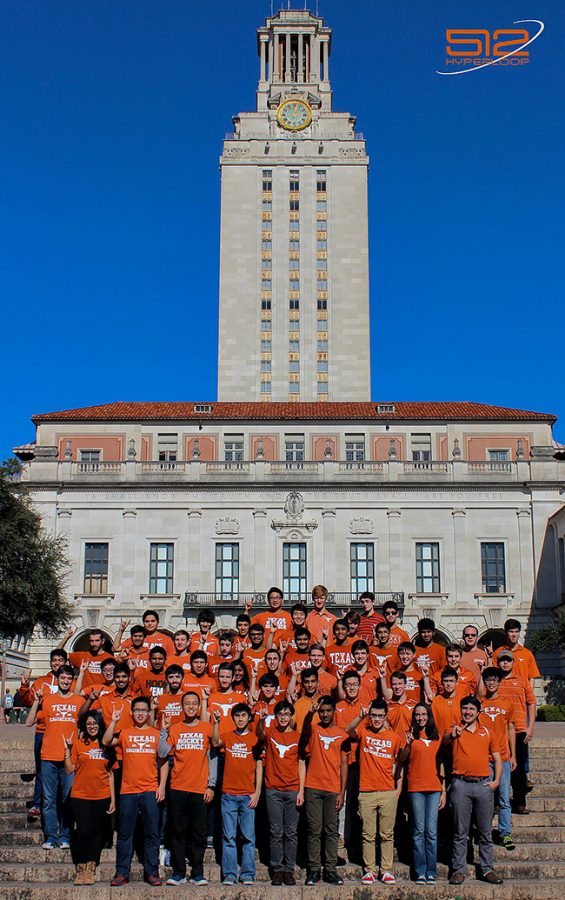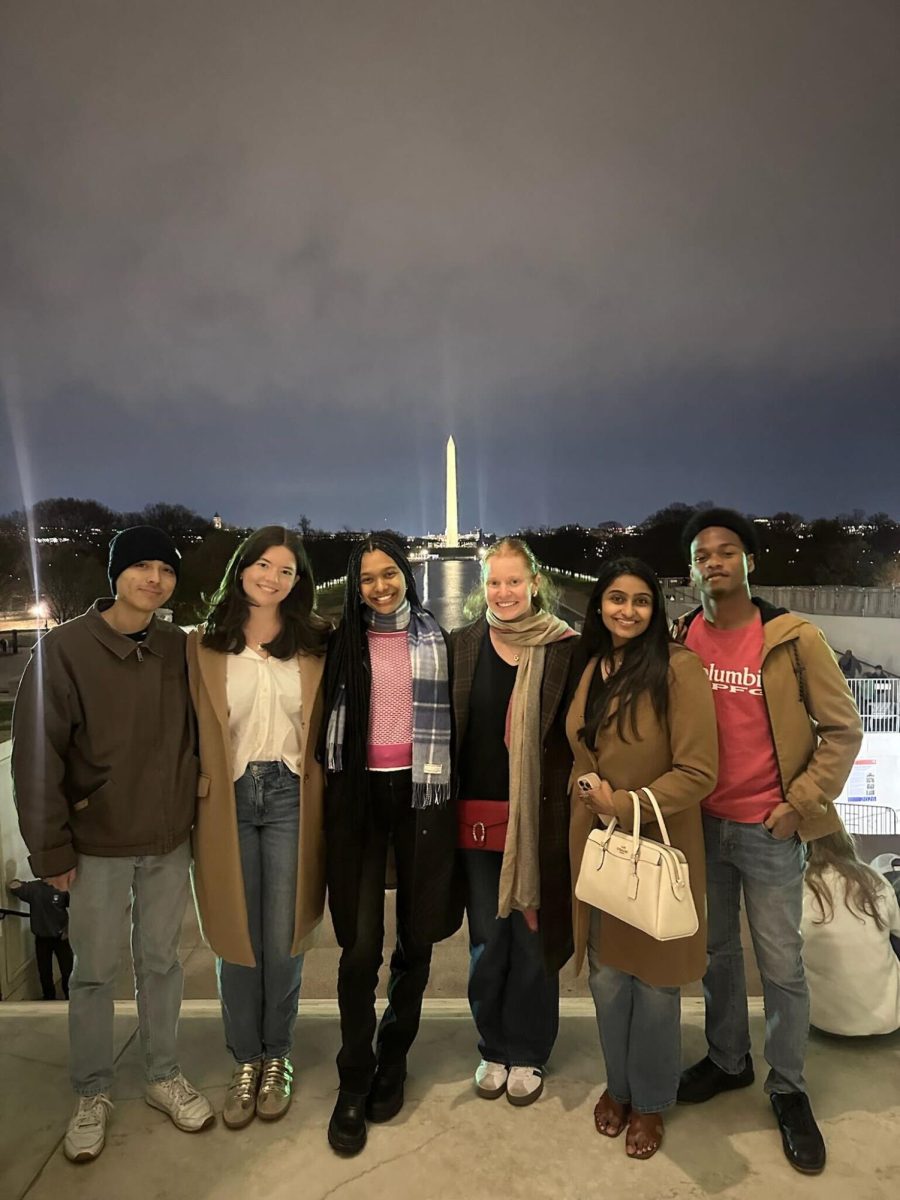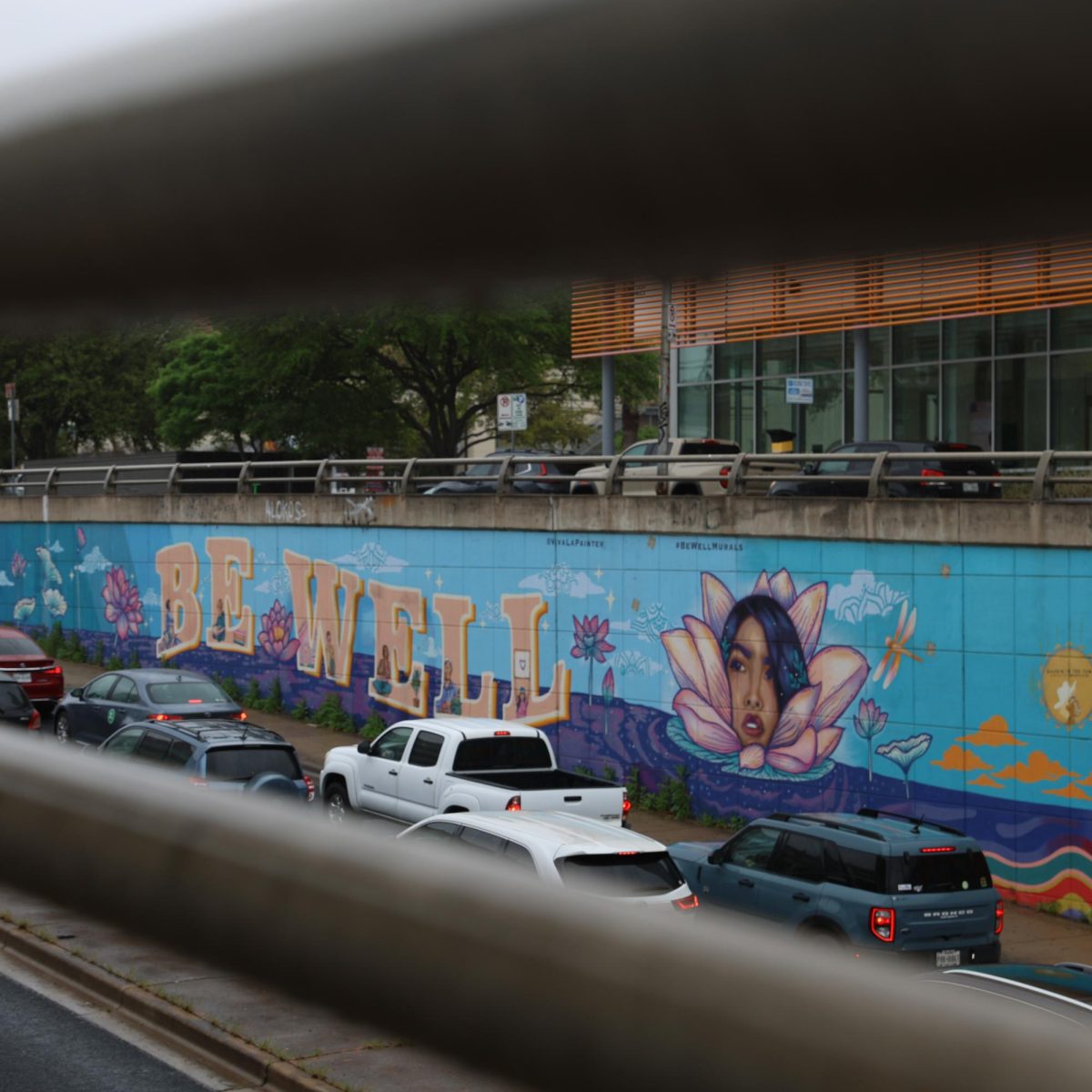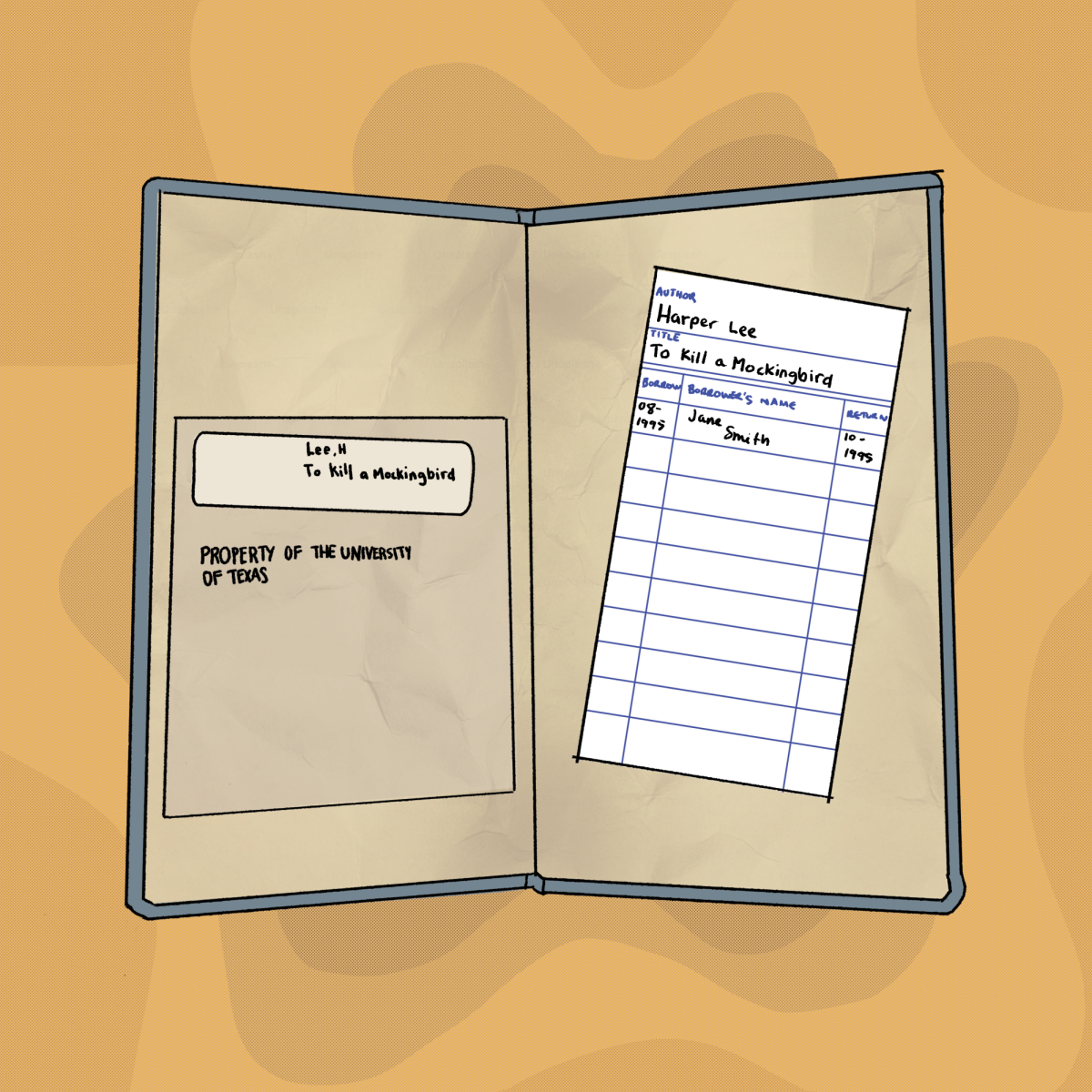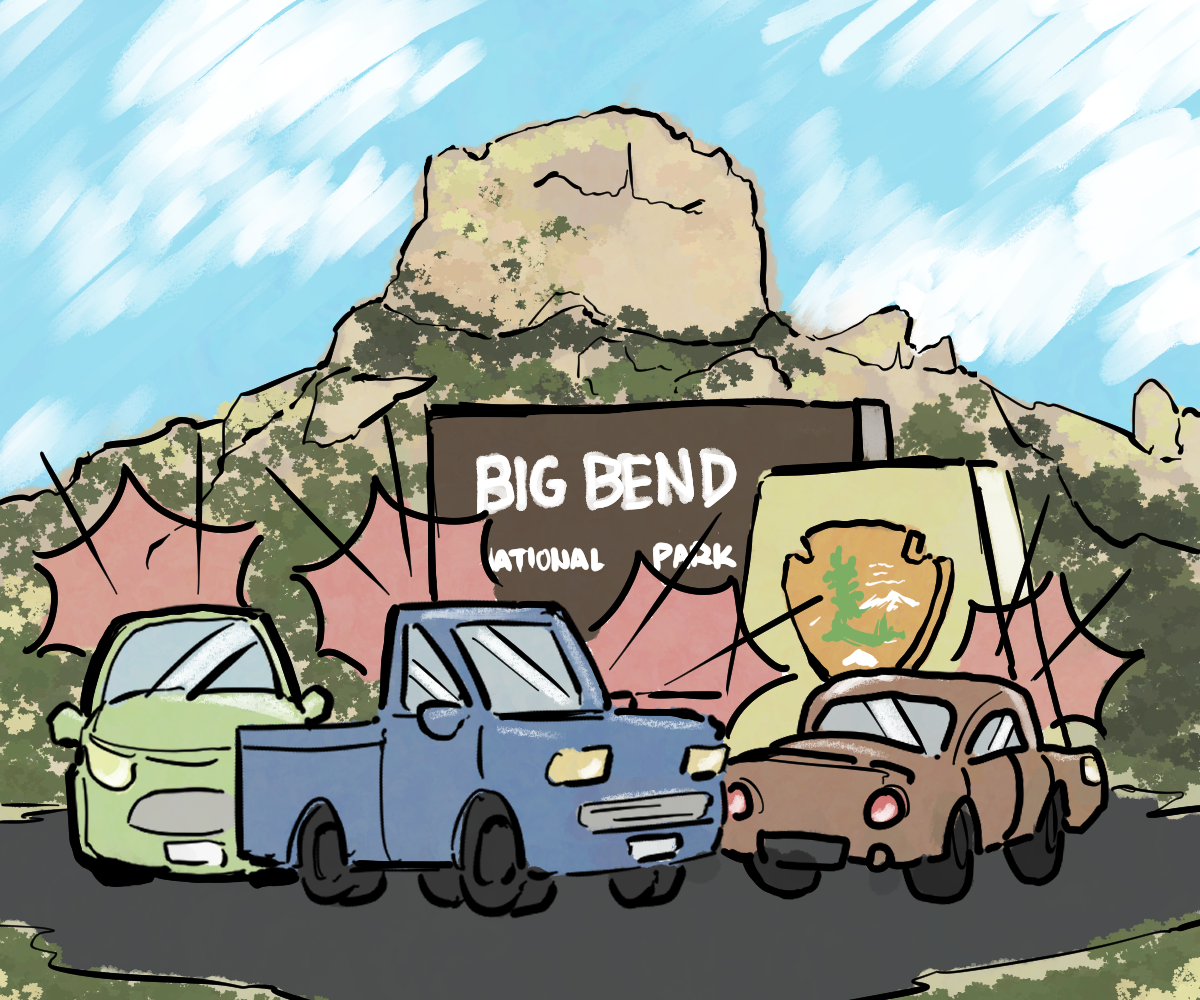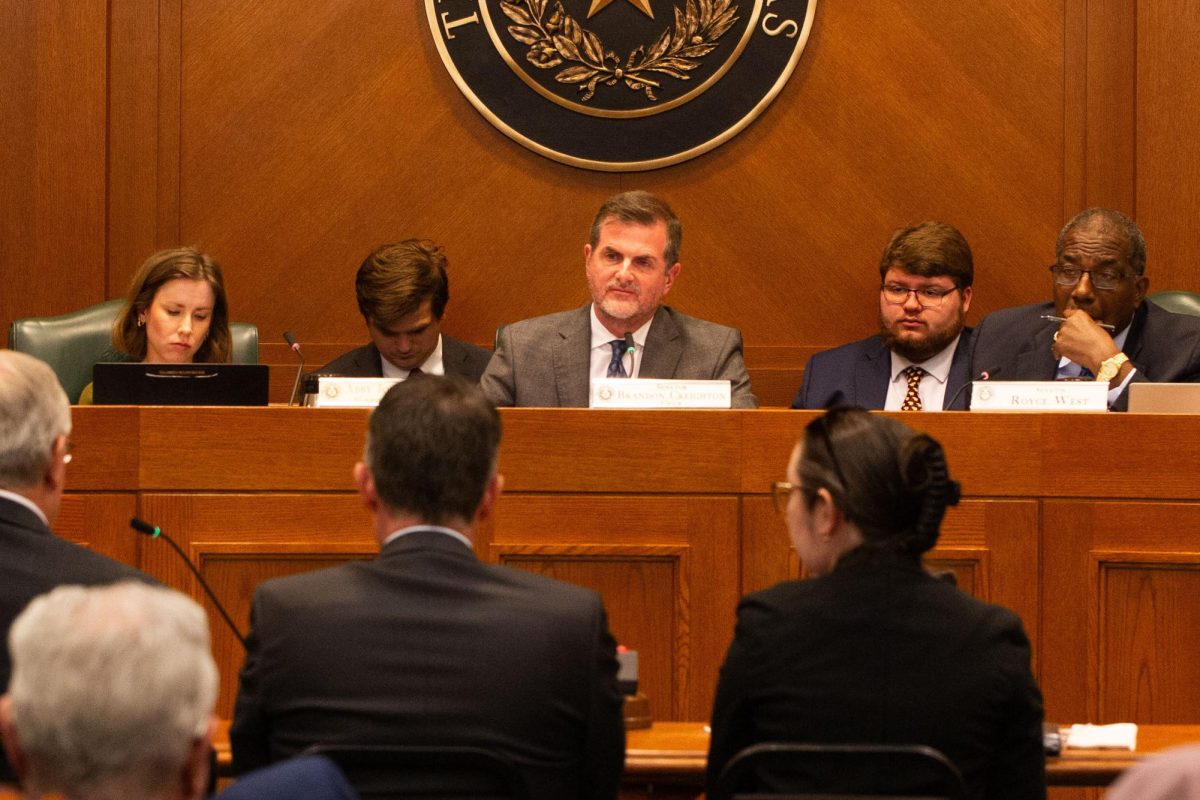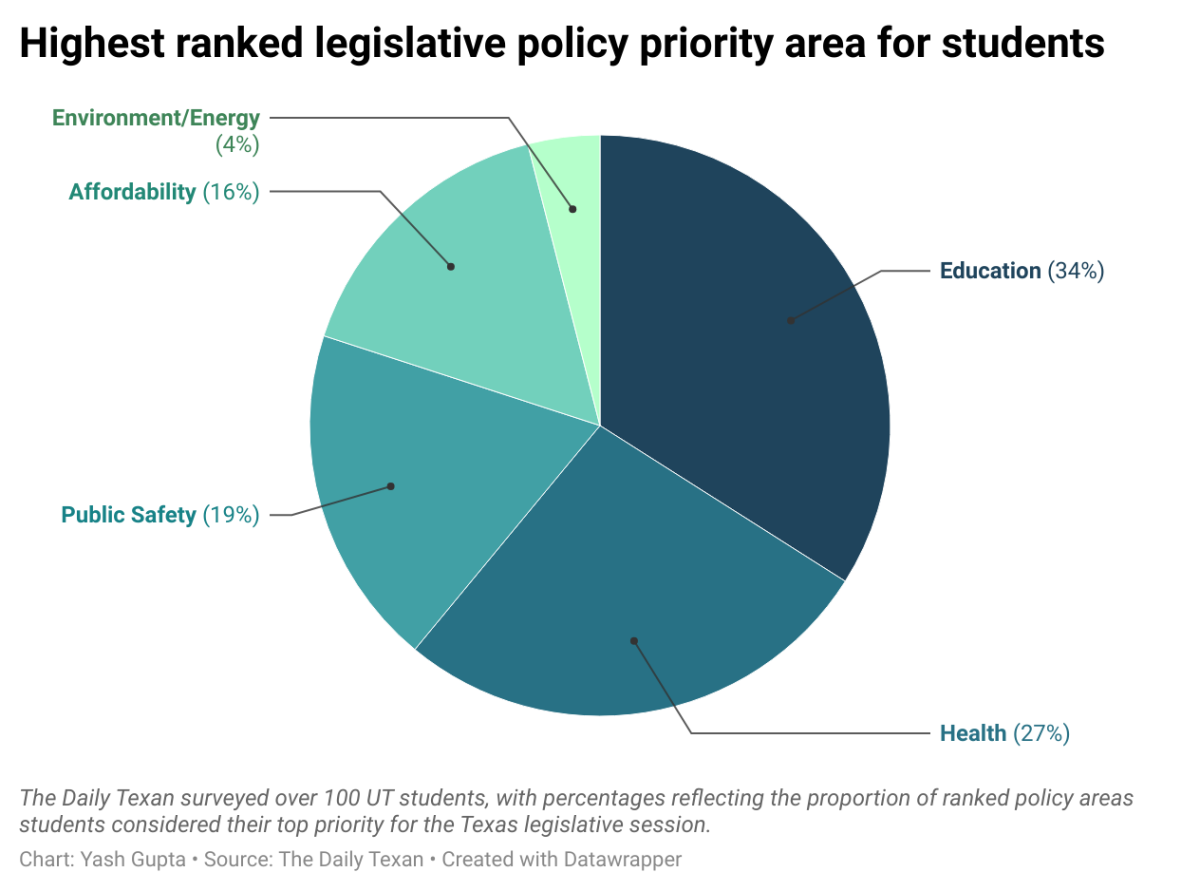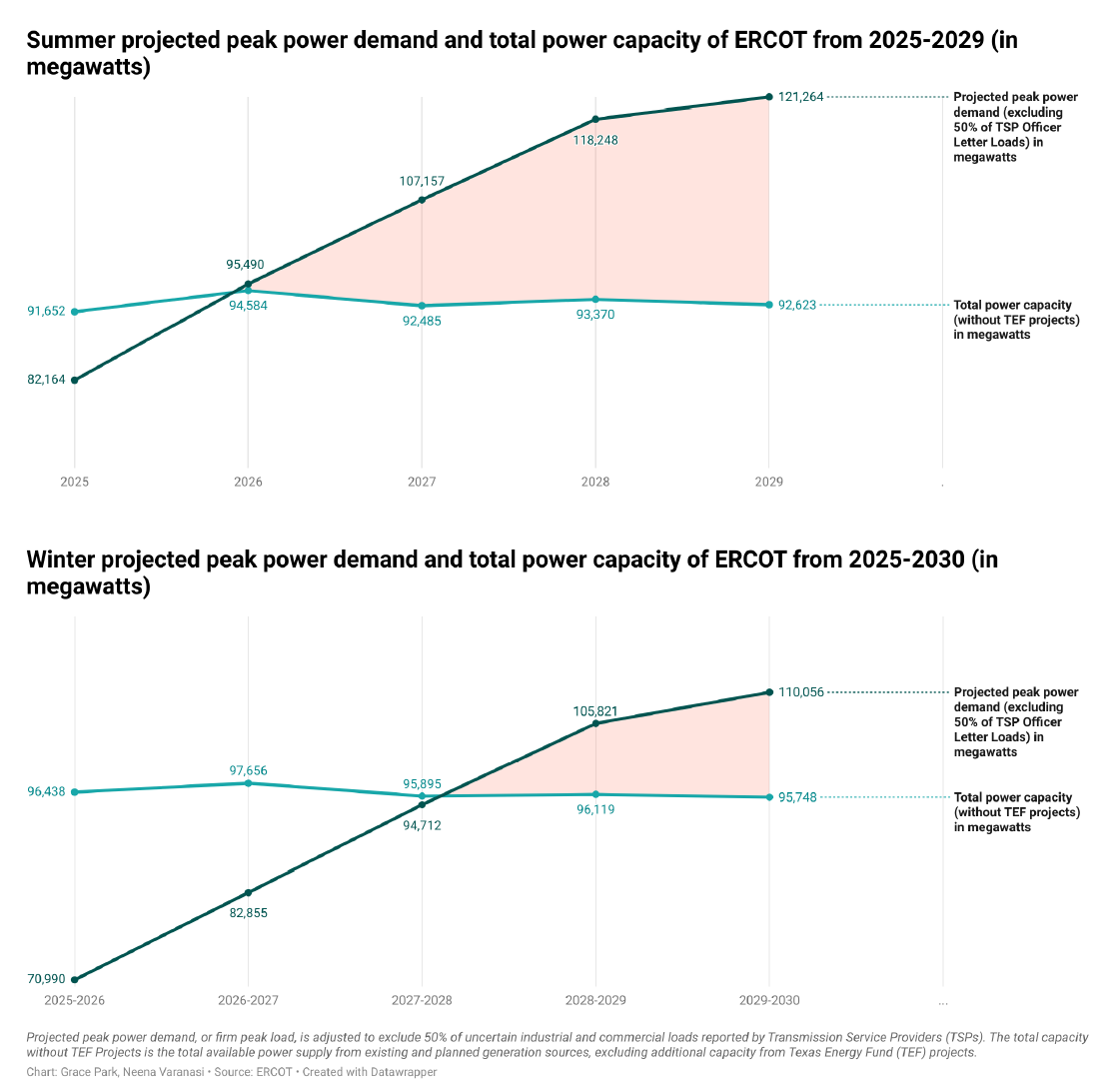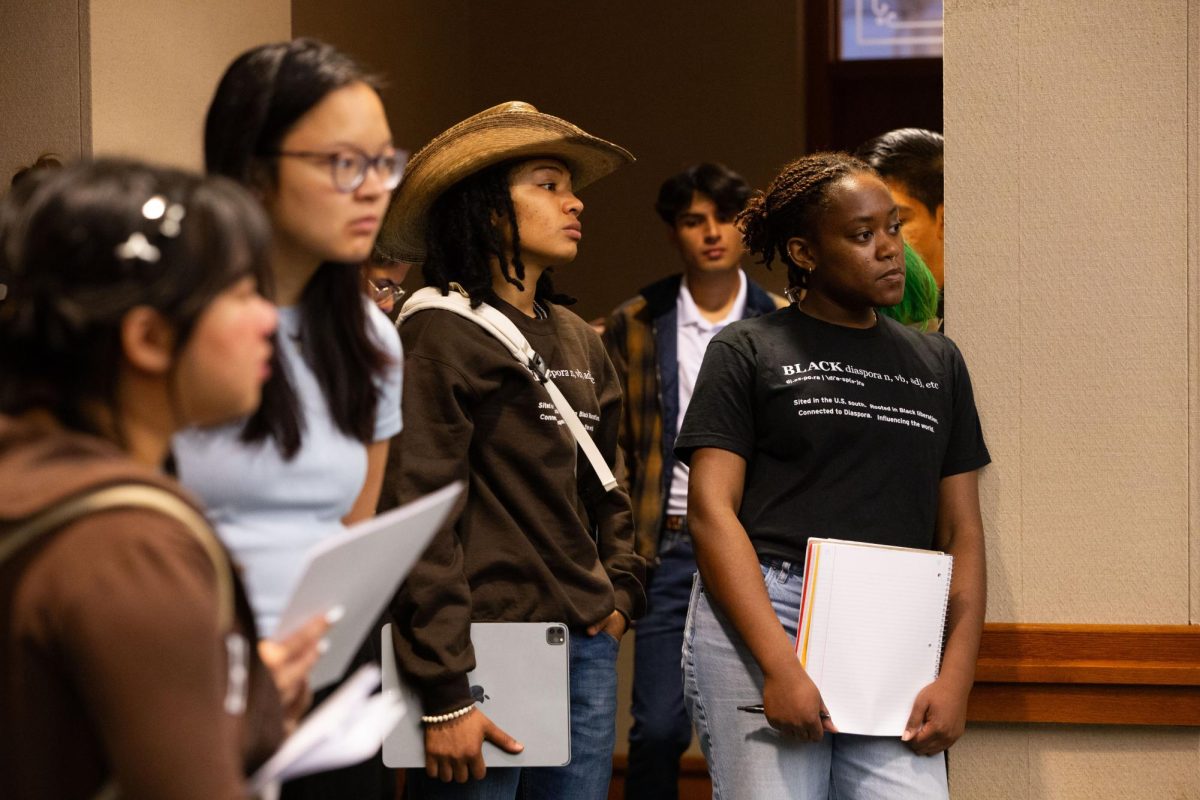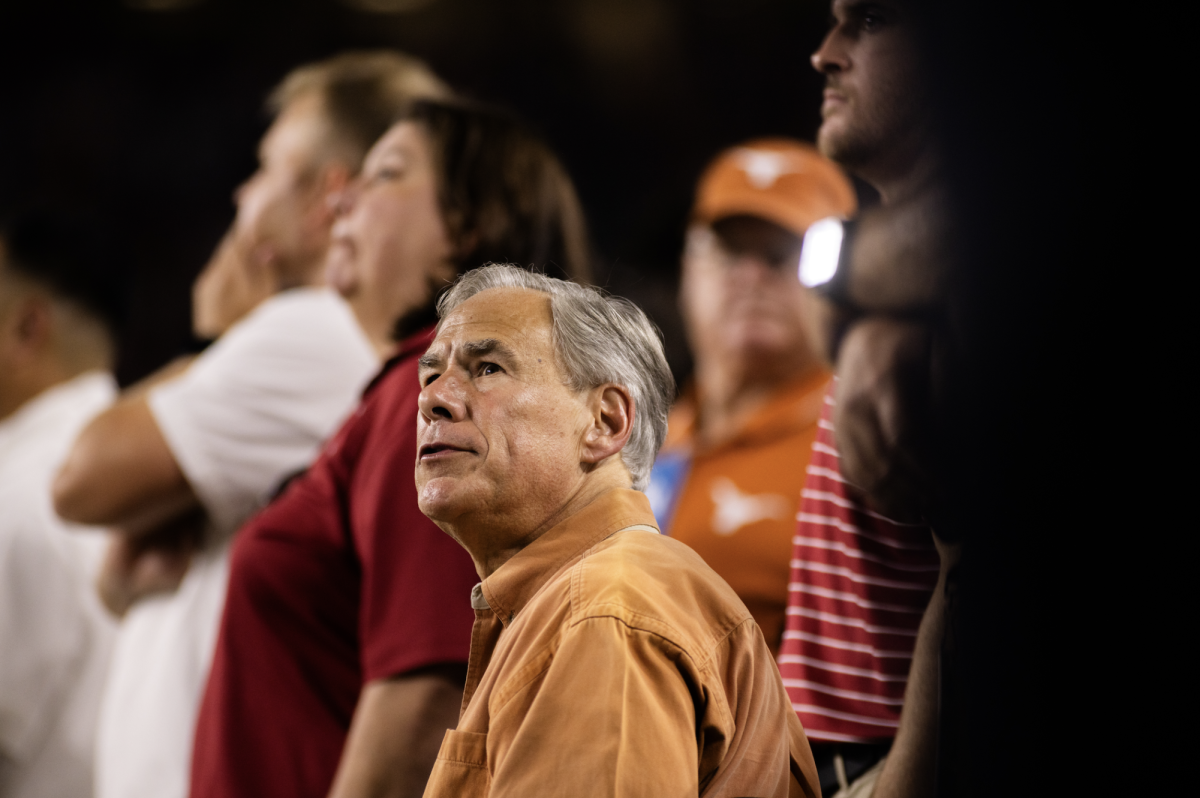A group of UT undergraduates known as the 512 Hyperloop Team has created a design of a Hyperloop pod, or high-speed transportation system, and will present it in College Station next weekend.
“The Hyperloop involves moving a pod resting on air bearings at nearly supersonic velocities through an evacuated tube,” said Michael Rakavina, mechanical engineering junior, founder and captain of the 512 Hyperloop team. “The implications would mean being able to get from Austin to Dallas in 30 minutes.”
The students will present the design as part of a design competition by SpaceX, a technology company that specializes in aerospace transport. In August 2015, SpaceX founder Elon Musk wrote a paper about his idea for high-speed ground transportation. As part of an initiative to promote student innovators Musk proposed a competition that encouraged students to design their own Hyperloop pods.
“Our pod, named the Auroch, an ancestor of the Longhorn, will glide on a cushion of air,” aerospace engineering sophomore Matt Morris said. “Think air hockey, but the puck shoots the air instead of the table.”
The competition, which was open to anyone, began in early September and final designs were submitted in December. Out of over 1,200 teams, the 512 Hyperloop team is one of only 124 teams to qualify for the next round.
This weekend the team will present their pod design at Texas A&M University in order to gain feedback, alter designs and receive final approval to construct the pod.
“The team aims to develop a working prototype of a Hyperloop pod, capable of moving at 330 mph,” said Khushbu Patel, aerospace engineering senior and lead on the project.
Computer Aided Design, or CAD models, were used to design the pod, mechanical engineering freshman Alex Choi said.
“One of the issues that has come up is the technical limitation that we have,” Choi said. “For instance, one of our fluid simulations would have taken over 80 hours to run. Because of this, we had to design simplified models which would both emulate the original simulation and be runnable within a reasonable time frame.”
On Monday, the team launched a fundraiser through the UT Hornraiser website and hopes to raise $15,000, a portion of the $50,000 required for construction. The team hopes to reach out to corporations for additional donations.
The 512 Hyperloop team will compete against other finalists in Hawthorne, California, at a test track constructed near SpaceX headquarters in June.
Correction: A previous version of this article misstated the date of the competition. It is next weekend, or Jan. 29-30.

